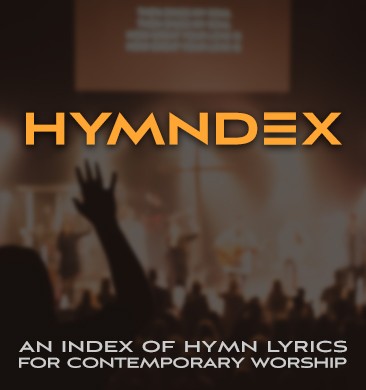Ronnie Martin remembers his days as a young worship leader.
I’ll be honest, I was scared out of my wits when I first started leading worship. Although I had played rock and roll shows in clubs, festivals and venues around the world, Saturday night had me bound in fits of panic as I contemplated what was facing me the next morning. I knew what the issue was, and it wasn’t the music. I knew how to play my instrument, arrange a song, lead a band, and sing in-tune, sort of. The thing that had me nervously pacing the floors at midnight Saturday was what happened in between the songs. What we call transitions. Or what we might call the actual LEADING part of worship leading.
Like most things that have to be learned in front of a live “audience” (c’mon, you know what I mean by that), there were some awkward moments I’d be happy to forget. Of course, it was time spent in the saddle along with a healthy dose of prayer and wisdom from other WL’s that helped me survive some of my early woes. Along the way, I learned some good, general principles for transitions that I think can apply to WL’s in all seasons.
Be Prepared
I know there are different opinions on this, but I think it’s a good practice to write down what you’re going to say. If so many good preachers write out their sermons in manuscript form, why should WL’s be any less prepared than that? Obviously, reciting anything in written form can resemble a lecture, so the key is to write in the manner of which you speak. If you’re starting out, this can help calm the nerves before Sunday and give you a way to practice your speaking parts before you play.
Use Brevity
I was at a church once where the worship leader started with a story that lasted for a good 7 minutes. This was after announcements and a greeting that had gone on for 10 minutes. Transitions are not sermons, so whatever type of liturgy you have at your church, try to keep them concise and transitional.





